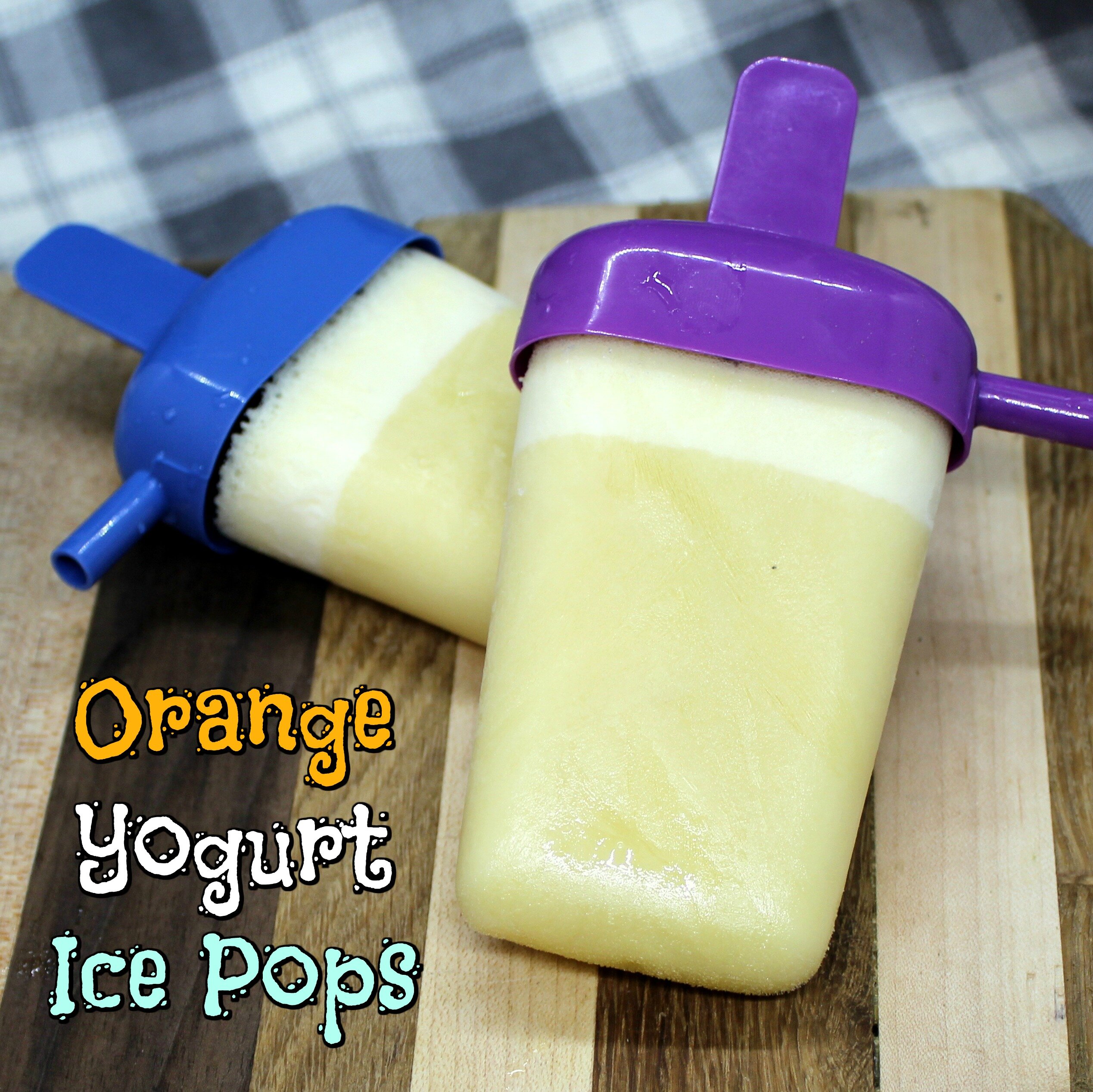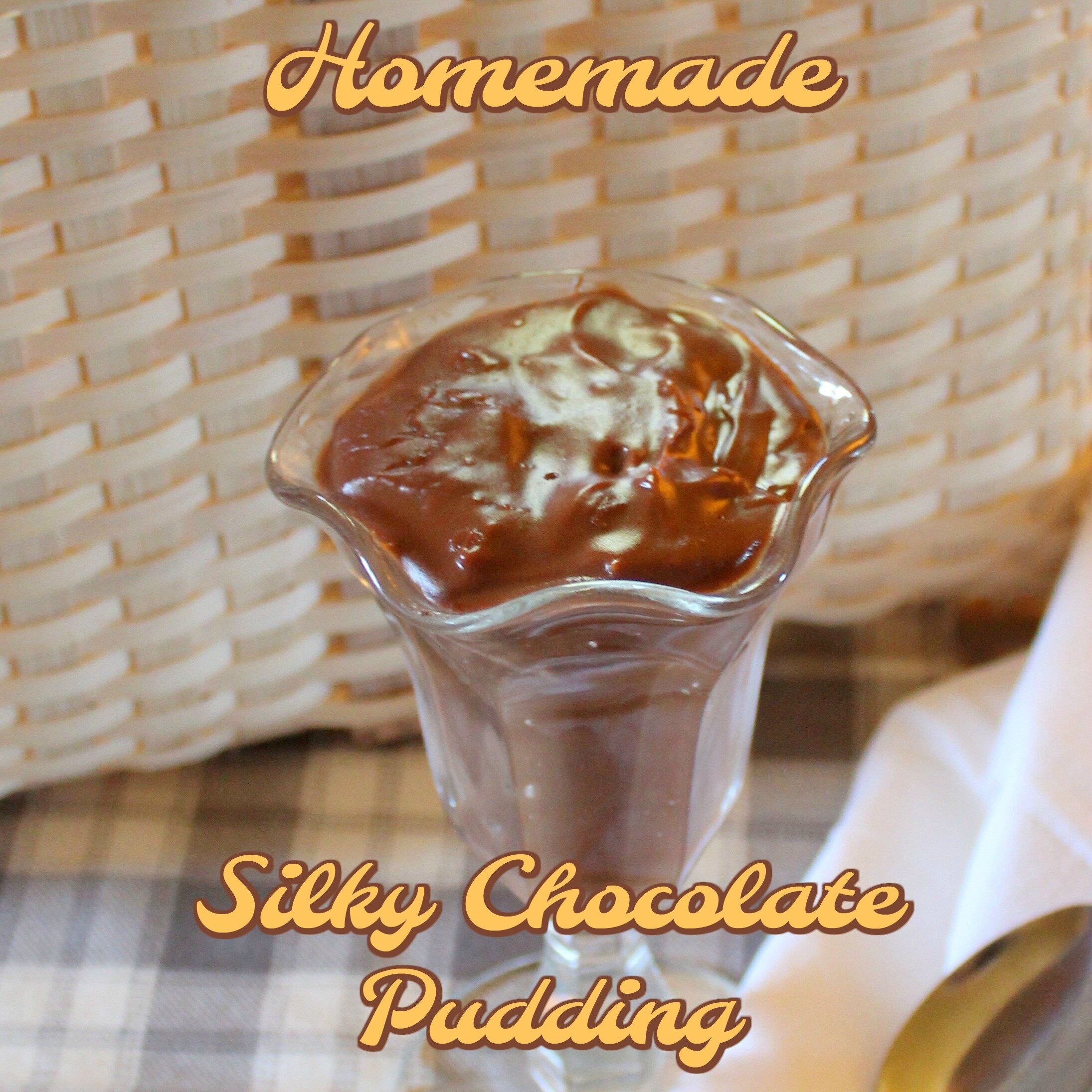
If you bake often enough, you will notice that some recipes call for baking soda, while others ask for baking powder. Both are leavening agents used when you bake. What this means is that both baking soda and baking powder, when added to baked goods, produce carbon dioxide and cause them to rise or get fluffier. But each one brings a little something different to the party……
Baking Soda
Baking soda is just pure sodium bicarbonate. It is bitter and will add a bitter taste to your recipe unless paired with an acidic ingredient (buttermilk, honey, yogurt.) Baking soda, combined with wet ingredients and an acidic ingredient, like chocolate in your chocolate chip cookies, will kick off the chemical reaction of producing carbon dioxide bubbles. Once you add in the heat from the oven, your cookies will “rise” as the carbon dioxide bubbles expand in the heat. Since the chemical reaction starts right away, you need to bake right away. If you leave dough sit for too long, your baked good will be flat. It is usually found in recipes for cookies.
Baking Powder
Baking powder does contain sodium bicarbonate (yep, there is baking soda in your baking power.) But it also includes the “acidifying agent” (remember the chocolate?) in the form of cream of tartar. There is also starch that acts as a drying agent. Since it already has the acidifying agent in it, it will not be bitter if you fail to pair it properly with ingredients to balance it out. Baking powder gives you more time, as it can sit a little longer before being popped in the oven to bake. Recipes for cakes and biscuits usually call for baking powder.
I must warn you up front that this is in no way a genuine Mexican dish before I continue. Just using some Mexican ingredients is enough to qualify it as Mexican Cheese Bread. It will still work if you use the alternatives listed below if you are unable to locate them.
Can you substitute in recipes?
You CAN substitute baking powder in place of baking soda. You will need more baking powder (2 to 3 times more) and it may affect the taste. Don’t use baking soda when a recipe calls for baking powder. Remember baking soda lacks the acidity. It has to be paired with an acidic ingredient in order to get it to rise. In a pinch, you can make your own baking powder, by combining 2 parts cream of tartar to one part baking soda. Or if you’re like me and bake a lot, just horde both baking powder and baking soda in your pantry!
How to test if your baking soda or baking powder are still good
Remember those baking soda volcanoes from elementary school? To test baking soda, put some in a small bowl and add a little vinegar to it. If it bubbles up, it’s still good.
The easiest way to test baking powder is to put some in a bowl and add some water to it. If it foams up, it’s still good.
Oats are the top food on the Harvard Medical School's list of foods that decrease cholesterol. One to two grams of soluble fiber are found in oatmeal. Additionally, adding fruits and nuts adds even more grams, as I recommend below. I also include chia seeds because I believe they have so many health advantages. (Between us, before I learned how to create chia seed pudding, I wasn't a big fan. Here's another recipe using chia seeds.)



That is actually something I have always wondered about! I sort of assumed they were completely different things with similar names, that could never be substituted… like soy formula and soy sauce. Do not give the latter to a baby, and do not put the former on your Chinese food!
LOL Good one Angel!
This was a very informative post! Thank you for sharing this 🙂 I found you via Good Morning Mondays and would love for you to share this at our weekly link up, the Art of Home-Making Mondays as well 🙂 Take care!
Thanks for popping by. I'm glad you found the information helpful 🙂
P.S. I am pinning this to my Homemaking Tip board 🙂
Thanks for the pin!
Great tips! I don't really do much in the kitchen so I've always wondered what the difference is. Thanks so much for sharing at the Make it Monday Party! Hope to see you again next week.
We have got to get you in that kitchen and baking!
Good to know the exact differences between the two! Thanks!
You're welcome!
I never knew what the difference is. I use both when baking cakes, and they always come out great. Now I know why!
Would love to have some of your recipes 🙂
Thank you for sharing your wonderful information on Baking Soda Vs. Baking Powder ! SO helpful and informative! I hope you will join us again on #PureBlogLove next Thursday for another celebration!!!
Wouldn't miss it!
I had no idea! awesome info, appreciate your sharing 🙂 Loved the volcano eruptions as a kid!
The oldest country kid is an 8 year old boy…we explode baking soda on a regular bases around here LOL
Thanks for this, I have always wondered about the difference. Thanks for sharing at Good Morning Mondays. Blessings
Glad I could clear it up!
THANK YOU!!! I was just researching this subject this past week. I love your simple explanations! I found this on Think Pink Sunday's linky party 🙂 Merry Christmas! PS…I can't wait to look at your blog more, it looks great! Sammi | Grounded and Surrounded
I like to KISS (keep it simple stupid) LOL I hope you have fun looking around 🙂
Wow! Learn something new every day! Thanks for sharing this info, super valuable this time of year! Hope to see you again Thursday at The Weekend Social 9:00 PM EST. http://www.theKitchenChopper.com
Thanks for popping by!
I am always running out of baking powder so I use the substitution all the time 😉 I didn't know about testing it though, that's genius! Thanks for sharing at the Homestead Blog Hop, hope we see you there again this week.
I never need to test mine. I bake way to much to have any of it sitting for to long LOL
Really helpful tips here! Thanks so much for sharing this post with us. I'm sure we can all use this information as we do our Christmas baking!
Knowledge is power….. now if I could only power myself into the kitchen and get my dang Christmas cookies done! LOL